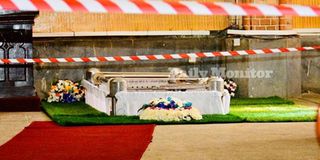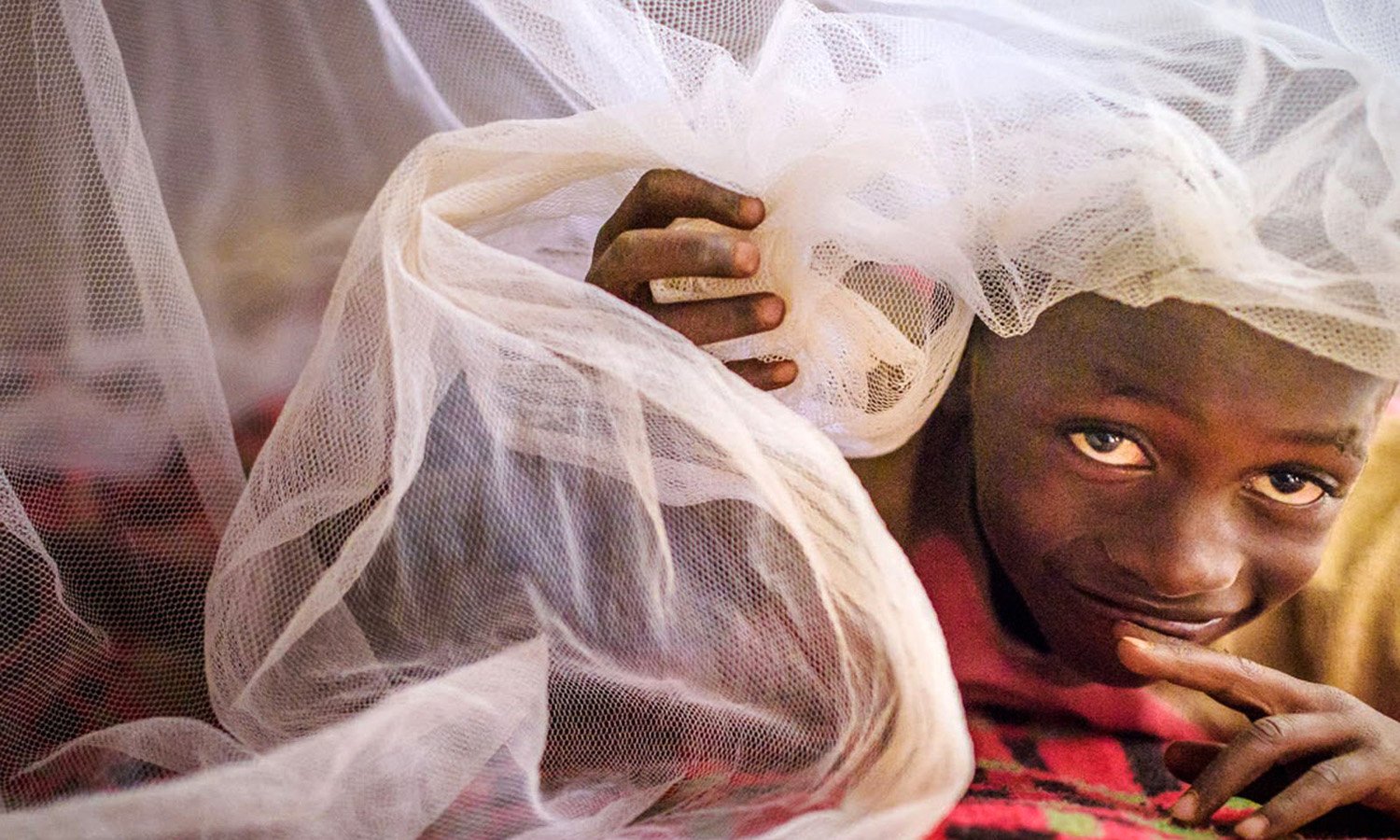Lwanga’s resting place: What is a crypt in the Catholic Church?

The crypt where Kampala Archbishop Cyprian Kizito Lwanga was laid to rest at St Mary’s Cathedral Church Rubaga yesterday. photo/DAVID LUBOWA
What you need to know:
At least two other leaders of the Ugandan Catholic Church have been buried in the Rubaga Cathedral crypt.
The late Archbishop Cyprian Kizito Lwanga yesterday became the third prelate to be buried inside Rubaga Cathedral, witnessed by about 500 people in a close knit ceremony.
He was placed on the right hand side in the cathedral between the graves of Bishop Edouard Michaud and Archbishop Joseph Kiwanuka, behind the choir precinct.
Canadian Bishop, Edouard Michaud of the White Fathers missionaries was the first cleric to be laid to rest there in 1945 after serving as vicar apostolic of Uganda from 1933. In 1966, Bishop Kiwanuka too got the honors when he passed on after being the first native African to be ordained a bishop.
Cardinal Emmanuel Kiwanuka Nsubuga, who passed away in 1991, qualified to be buried inside Rubaga Cathedral but had in his Will requested to be buried in the chapel of the Bakateyamba home in Nalukolongo in Kampala.
Cardinal Emmanuel Wamala, who once sat at Rubaga as archbishop of Kampala, also bears the privilege of being buried in the cathedral once he breathes his last unless he decides against the culture.
Who gets to be buried in a church?
Burying bishops in churches is a tradition that stretched all the way back to early Christianity when believers were hunted down and persecuted. They resorted to worshipping in caves known as catacombs. The same caves were burial sites for members who passed on and the idea was reserved. It explains why in her book, Making Sense of Saints, author Patricia Ann Kasten writes that the first churches were erected, built near or directly over the graves of martyrs. It has over time culminated into a close affiliation between remains of saints and martyrs with physical cathedral structure. In 787, the second council of Nicaea, a Catholic sitting, dictated all new churches had to be built with relics of saints located inside altars. Modern time cathedrals have carried on the custom with chambers built beneath the floors called crypts. St Peter’s Basilica in Rome has one of the most popular crypts developed around the year 600AD to enable pilgrims visit Saint Peter’s tomb, which is located below the high altar. The same crypt has been burial grounds of 143 of the 265 popes.
The word “crypt” can have two different meanings when used in connection to a church building. The first refers to an area beneath a church building that is reserved for the burial of individuals. This particular use of a crypt is not as common as it once was in the early Church, as described by the Catholic Encyclopedia.
Today crypts are still in use, but primarily for the burial of bishops underneath a cathedral. Only bishops who die while serving or after serving a particular cathedral can be buried there unless their will says otherwise. “(It is) the privilege of bishops being buried in churches where they have been the leaders or ordinaries. The archbishop has been the ordinary of Kampala Archdiocese and therefore he has the privilege of being buried in that church unless he has indicated otherwise,” explained Christ the King parish priest Msgr Gerald Kalumba in a television interview.
WHAT IS A CRYPT?
It is basically an underground cemetery which has evolved over time. Back in the day, crypts were simple, only consisting of places where the bones of the martyrs were placed. Then as the Church became more influential in the world, these crypts were solidified and marble tombs were put into place to protect the remains of the deceased. Today crypts are still in use, but primarily for the burial of bishops underneath a cathedral or members of religious orders underneath their own monastery chapel. A crypt can also be a chapel located underneath the main body of a church. Sometimes a crypt chapel will have an area for underground burial, but this is not always the case. Often a parish church will construct a “crypt,” but its use is restricted to being a secondary chapel for the celebration of Mass or the location for perpetual Eucharistic adoration. According to the Catholic encyclopedia, crypts connect worshippers spiritually to the first Christians who worshipped God underground in the catacombs, entrusting to God the remains of their beloved dead.




